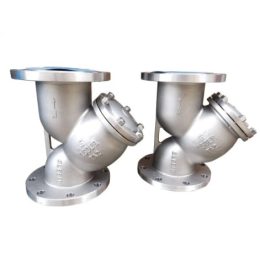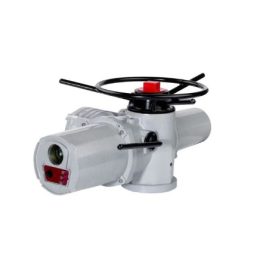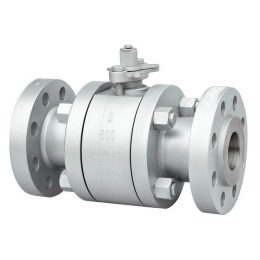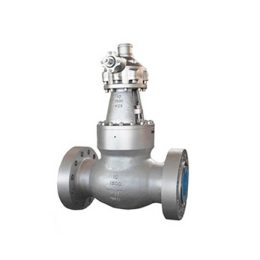Understanding Floating Ball Valves
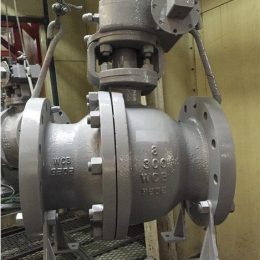
Floating ball valves are crucial components in the regulation of fluid flow in piping systems. These valves have two concave seats, which sandwich a ball inside. Unlike conventional valves, the actuation shaft in a floating ball valve is not fixed to the ball; instead, it pivots as the ball axis rotates. This design creates a tight seal, and the valves are equipped with stem packing, which prevents leakage through the interface between the bonnet and the stem.
What Is a Floating Ball Valve?
A floating ball valve is an important component in any hydraulic system. This valve comprises of two cupped seats and a stem. The internal ball is freely suspended in the fluid, providing a good seal between the ball and the valve body. The valve shaft can only move 90 degrees, allowing the valve to switch between an open and closed state. Floating ball valves can be customized with add-ons like O-rings or extra packing.
Advantages of a Floating Ball Valve
Floating ball valves have several advantages over their competition. Their small size and low weight make them a plus for those who want to save on weight and space. They are easy to operate, with a simple structure and lightweight design. They also have small fluid resistance and are reliable. Floating ball valves can be used in many applications, including complex applications involving high temperatures and pressures. They are easy to install and maintain, and they are very economical and lightweight.
In conclusion, floating ball valves are an industry standard for regulating flow in piping systems. They are reliable, easy to operate, and have several advantages over their competition. If you are looking for a valve that provides a tight seal and is easy to install and maintain, floating ball valves are an excellent choice. Whether you need a valve for a complex application or a simple one, floating ball valves have some important advantages to offer.
